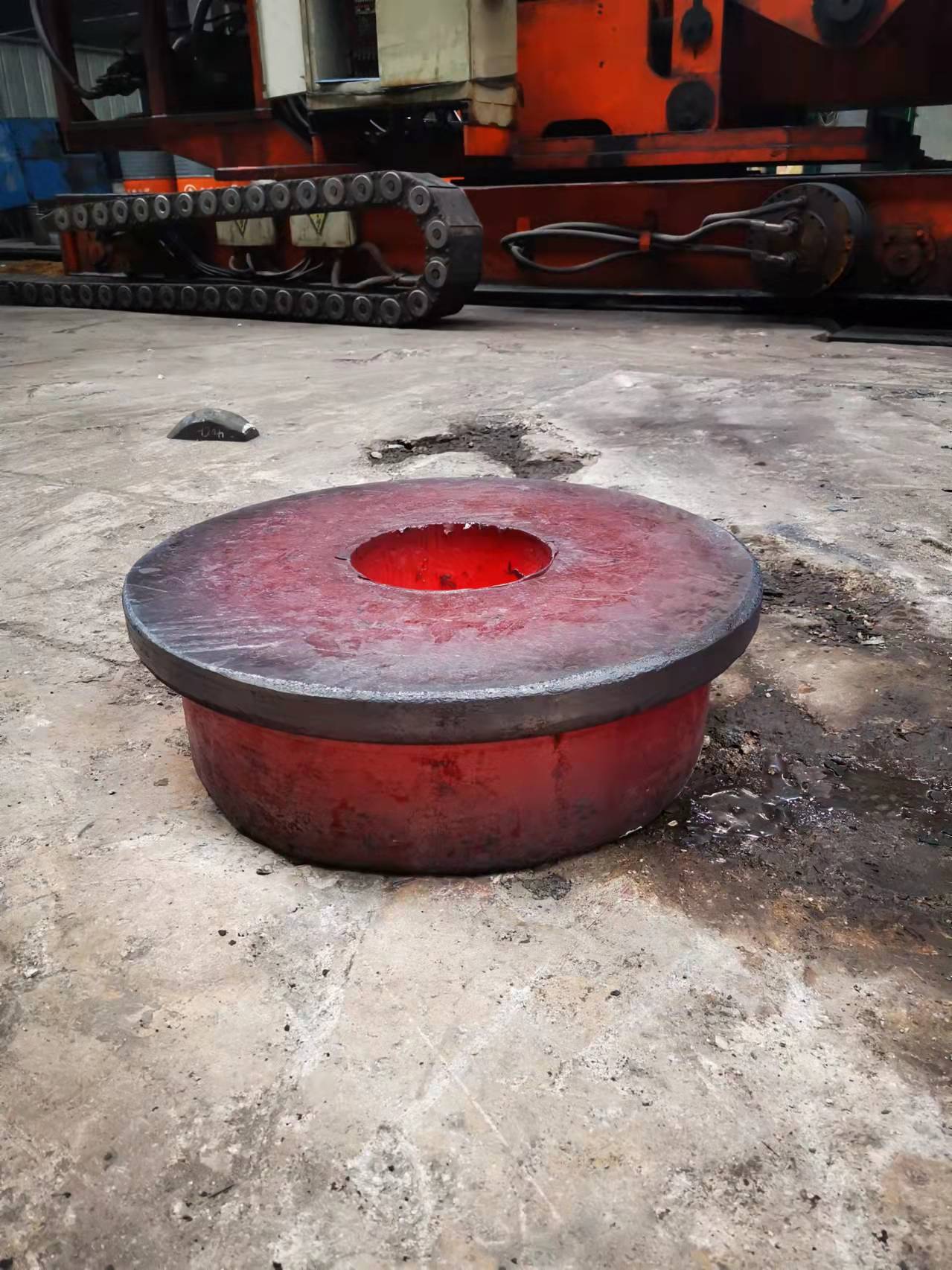Mechanical processing of forgings after carburizing
2022-11-17
Mechanical processing of forgings after carburizing
The forgings after carburizing and heat treatment should be machined to obtain the required high surface hardness and surface roughness, improve the fatigue strength of the forgings, to meet the work needs of the forgings. The mechanical processing after carburizing is generally as follows.
(1) Turning and grinding
The surface of carburized forgings has high carbon content, and there are a lot of residual austenite on the surface after heat treatment. It is easy to form grinding cracks in the grinding process, such as burns and cracks. If there are coarse carbides, network carbides or carbides film, grinding cracks will also be generated. Selecting the correct process parameters according to the specific characteristics, analyzing and predicting the possible defects is helpful to improve the quality level of parts, and can guide the actual machining.
(2) Shot peening
The carburized forgings after heat treatment were shot peened in the shot peening machine or the shot peening machine. After the shot particles hit the forgings for a certain time at a high speed of 50 ~ 70m/s, the surface depth of 0.1 ~ 0.25mm was within the range, the uniform cold hardening layer was obtained and the surface hardness was improved. Its effect is directly related to the original structure on the surface of the material. If there is excess residual austenite tissue on the surface after quenching, it will have obvious hardening effect. Once there is a network of carbides on the surface, it will cause surface cracks, so there are strict control and requirements on the surface of the carburized parts quenching structure.
(3) Rolling or polishing
In order to improve the fatigue life of the surface of carburized forgings and improve the strengthening effect of the surface, besides shot peening, rolling or polishing can also be carried out, namely rolling or rolling friction polishing, which is a cold hardening and strengthening process of the surface and has the following characteristics:
① The surface hardness is increased, and the magnitude and distribution of residual stress are changed.
② Improve the surface finish.
③ The bending fatigue strength and contact fatigue strength are improved.
The forgings after carburizing and heat treatment should be machined to obtain the required high surface hardness and surface roughness, improve the fatigue strength of the forgings, to meet the work needs of the forgings. The mechanical processing after carburizing is generally as follows.
(1) Turning and grinding
The surface of carburized forgings has high carbon content, and there are a lot of residual austenite on the surface after heat treatment. It is easy to form grinding cracks in the grinding process, such as burns and cracks. If there are coarse carbides, network carbides or carbides film, grinding cracks will also be generated. Selecting the correct process parameters according to the specific characteristics, analyzing and predicting the possible defects is helpful to improve the quality level of parts, and can guide the actual machining.
(2) Shot peening
The carburized forgings after heat treatment were shot peened in the shot peening machine or the shot peening machine. After the shot particles hit the forgings for a certain time at a high speed of 50 ~ 70m/s, the surface depth of 0.1 ~ 0.25mm was within the range, the uniform cold hardening layer was obtained and the surface hardness was improved. Its effect is directly related to the original structure on the surface of the material. If there is excess residual austenite tissue on the surface after quenching, it will have obvious hardening effect. Once there is a network of carbides on the surface, it will cause surface cracks, so there are strict control and requirements on the surface of the carburized parts quenching structure.
(3) Rolling or polishing
In order to improve the fatigue life of the surface of carburized forgings and improve the strengthening effect of the surface, besides shot peening, rolling or polishing can also be carried out, namely rolling or rolling friction polishing, which is a cold hardening and strengthening process of the surface and has the following characteristics:
① The surface hardness is increased, and the magnitude and distribution of residual stress are changed.
② Improve the surface finish.
③ The bending fatigue strength and contact fatigue strength are improved.
Compared with other parts, the effect of rolling or polishing is more obvious in the groove, groove, fillet and other parts of the forging. Therefore, rolling or polishing is an important measure to improve the service life of carburized forgings. Some automobile forgings have achieved good results after carburizing.
this is open die forgings produced by tongxin precision forging company

X
We use cookies to offer you a better browsing experience, analyze site traffic and personalize content. By using this site, you agree to our use of cookies.
Privacy Policy



